
Cashboy
-
Posts
374 -
Joined
-
Last visited
Content Type
Profiles
Forums
Downloads
Posts posted by Cashboy
-
-
16 minutes ago, Scottish Thailander said:
I had no problems recently using a Seven Seas "MoveCube" from Scotland to Issan. https://www.sevenseasworldwide.com
Thank you for that information
Out of interest, how much did you pay for the shipping?
-
On 4/7/2021 at 5:08 AM, Kwasaki said:
Depends how much the frozen pension is. ????
How about Thailand making an agreement like the Philippines has.
As an accountant, I advise people to stay on paper as resident in the UK so the UK state pension is not frozen.
This will get harder in the future with the corona virus vaccine and digital monitoring of people through passport number.
-
 2
2
-
-
I am looking at freight possibilities from the UK to Thailand.
Either a pallet or pallets or a 20ft or 40ft container.
Freight by Sea for cheaper price as time factor is not important.
Even adding to someone else who is freighting could be a viable proposition.
In the UK, I would be able to arrange to get the pallets or container to a freight company or port myself.
In Thailand, I would be able to collect the pallets from a port in Thailand.
I am based in the UK (North London) and Thailand.
-
- Popular Post
- Popular Post
57 minutes ago, cjinchiangrai said:I think 300 may the largest Thai built bikes, the PCX and Forza, so protect the industry. That might be different now.
Certainly different now, Thailand manufacture:
all Honda motorbikes up to and including the 750cc for the world market.
about 50% of Triumph motorbikes for the world market.
most of the Harley Davidson motorbikes for Asian market
Ducati and BMW motorbikes are also assembled in Thailand for the Asian market.
I believe that Thailand may well be the largest manufacturer/assembler of motorbikes in the world.
-
 3
3
-
1 hour ago, Crossy said:
That's the minimum size of the ground cable.
So for the ground cable (earth I assume) ; 10mm cable is enough?
-
I had a look at the "PEA manual that you suggested that I show the installer".
I am actually doing all the wiring myself in this house/office.
When I looked in the "PEA manual" I cam accross this:

When I attempted to google translate it; left column seems to be Amps and Right seems to be cross section of cable.
4 mm cable seems to be good for a 40 Amp load
What really surprises me is that 16mm seems to be good for 200 Amp load.
In the UK, I was under the impression that 16mm was only good for 80 Amp (i.e. mains cartridge fuse is maximum 80 Amp).
So why are the Thais says the mains supply should have a 50 Amp MCB.
Is it the PET meter that is the weak point as opposed to the cable?
I know this is wrong but while the building work has been going on, the site manager connected just 2.5mm cables directly from the PET meter to a 4 plug socket.
They do this because most houses in the village have a 5 (15) only and trips the house breaker if you switch on a couple of power tools.
This seems to be common practice on sites I have visited.
We have been using that for the last two years (no RCB or MCBs) and running 250 Amp DC welder, power tools, 3 HP mixer and those cables have never burned.
-
I understand that to comply with the Government Electric regulations one has to have a 50 Amp circuit breaker on a 15 (45) supply/meter.
I have a 16mm copper cable running from the meter to the house/office (20 meters) to a 125 Amp 2 pole mains switch.
I understand that 16mm copper is good to carry a load up to 92 Amp and use an MCB of 80 Amp.
Consumer units (3 off) have Main Switches of 100 Amp and two 80 Amp RCDs in each consumer unit (UK consumer units)
I intend to run the following items in my house/office:
3 no. 4,500 watt showers
4 no. air conditioning units
1 no. water heater 6,500 watt
1 no. water pump
1 no. 2,300 watt oven
1 no. 4,500 watt commercial expresso coffee machine
2 no. 3,000 watt UK electric kettles.
Obviously not everything will be on at the same time.
I realise for the inspection, there has to be a 2 pole 50 Amp MCB

Questions:
(1) Is the government mains circuit breaker supposed to be a C Type or D Type?
(2) The connections from the mains supply; should it be connect into the bottom of the MCB or does it not make any difference?
I am thinking that after the inspection, I could change the Mains MCB to a 2 point 63 Amp.
I understand that the difference between a C type and D type is:
Type C - trips between 5 and 10 times full load current
Type D - trips between 10 and 20 times full load current
I gather that on that basis a Type D would take longer to trip than a Type C on a heavy load?
My question is:
Would it be safe to put a 2 Point 63 Amp Type D on the incoming mains?

-
I google searched for MCB to cable size (mm) and got so many different figures that I am confused now.
Can I assume that the standard voltage in Thailand is 200 volt?
Then I see this Table 4D5 of BS7671:

I am running all my cables (loose cables in plastic conduit in walls and inside the roof of a new building.
All I need to know is what MCBs I require for the following cables cross section inside the plastic conduit tube.
1.0mm
1.5mm
2.5mm
4mm
6mm
10mm
16mm
On the basis that Thai electricity is 200 Volt
And on the basis of knowing that Watts = Amps x Volts
Then for an Steibel Electric Shower of 4,500 watts with 200 volt = 22.5 Amp
I thought I would need 4mm cable for that but the instructions in the box say 2.5mm or 4.0mm.
-
Does anyone know of available PTO generators in Thailand?
i.e a generator driven off the PTO of a tractor.
I am looking at a PTO generator to be driven off a Kuboto L5018 that is about 50 HP so I would suppose 45 HP at the PTO.
From what I have read you need 2 HP from the PTO to generate 1 kw
The purpose of the generator is to power an 3.5 Hp electric cement mixer and an arc welder that requires 6 kw not running at the same time.
-
I understand that I have to connect the Earth to the Neutral to comply with Thai electrical regulations.
From what I have seen so far this is done in the consumer unit.
I have three consumer units in my house/office.
They are all connected from my Changeover switch where the government mains and generator supply come in.
Can I connect the Earth to the Neutral in the electric box (changeover switch) above?
And if so from the Earth to which Neutral point?
i.e. before or after the 63 Amp MCB.
-
Thank you all for your advise and suggestions on the ducting size.
I managed to drill a hole through the concrete floor without cutting any of the raw bar/steel and managed to get 3/4" plastic ducting through.
Just as well because even then it was not easy to get 3 cables (16mm copper) through that plastic pipe when you had a 90 degree bend.
-
 1
1
-
-
3 hours ago, Crossy said:
There's a fill-ratio calculator here https://tools.belden.com/conduit-capacity-calculator/
21mm I/D conduit (3/4") would give you a fill ratio of 40% with 3 x 16mm2 cables (7mm diameter).
16mm I/D conduit (1/2") would give you a fill ratio of 75% with 3 x 16mm2 cables (7mm diameter).
Because the area is proportional to r2 you don't need to go much bigger to get in an acceptable range.
As has been noted before, there's no reason why your earth needs to be 16mm2, swap for 10mm2 and you get a correspondingly better ratio.
Area of a circle = Pie x Radius Squared.
The old basic maths from school days.
I was under the impression it was all about physically fitting in the conduit.
I say that because I managed to get 9 x 1.5mm cables in 1/2" SCG conduit for the lights last week even round those sharp 90 degree bends under the concrete first floor.
-
3 hours ago, Crossy said:9 hours ago, RichCor said:
You may want to review this thread (just ignore the 'underground' options), they discuss Mains Cable Sizes and posted some charts.
Thank you for that.
I actually recall reading that post.
So 25mm Aluminium or 16mm copper was correct to carry the load and satisfy government.
The PEA concrete post on the road where the electric meter will be placed is 15 meters away.
I would say another 6 meters down the post to the electric meter making about 23 metres.
Am I better off running 16mm Copper or 25mm Aluminium given the choice?
-
I am even more confused today.
Last week I bought 16mm copper cable for the live and neutral and earth.
I was under the impression that I would use 25mm aluminium from the meter on the pole to the house and then go to the 16mm copper.
I based all that on the standard government available supply:

I was under the impression that I would order the 15(45) whatever that is.
I was under the impression from questions on here that it would be a 60 Amp supply even though I don't see any correlation between 15(45) and 60 amp single phase.
Then people on this forum were telling me 16mm copper or 25mm aluminium.
That seemed correct to me because in my UK house I have a 80Amp Mains Fuse and 16mm copper cable to the consumer unit.
I then ask people would 3 x 16mm copper fit in 1/2" plastic SCG eletric conduit where you said "no or too tight fit"
I did not want to make the hole through the concrete floor any bigger as it would necessitate cutting a reinforcement rod or steel mesh.
When I purchased a roll of the 16mm copper I was able to feed 3 of them in the 1/2" SCG electric conduit.
Today I went to Global House to buy some plastic bushes to drill into the mains switch box wondering whether I should put 2 x 3/8" (one for each 25mm aluminium cable) or one x 3/4" to pass through two 25mm aluminium cables (live and neutral).
The guy in the shop then said I should be using 25mm copper and 35mm aluminium mains supply.
I then got my Thai secretary to ask and she was told use 50mm aluminium because safer than 25mm.
This from a country that won't even put a 10 bt light bulb in their motorbike and drive in the dark with no lights.
Have the regulations changed and you lot not aware?
Am I hearing miss information from shop workers?
All I really would appreciate to know now to be able to do the electrics in my new house is:
What cable size is required for the government regulations and won't burn my house down (difficult as only steel and concrete).
Once I know the cable sizes I shall try to get on with this.
-
32 minutes ago, Crossy said:
By the way, I would put the Al/Cu splice outside the roof space, if anything is going to fizz that's it and it's best fizzing outside ????
Interesting !!
I was using a 100 Mains Switch in a metal box to connect the Al 25mm to Cu 16mm.
Would that be OK to use under the eaves of the house outside?
32 minutes ago, Crossy said: -
I am using the 50 Amp single fase government supply.
I am using 16mm copper wire for live and neutral as soon as those 25mm aluminium cables enter the roof of the house.
I have my 2.4 meter rod ready to bang into the ground.
What size of cable (copper) do I need to go from this rod to the consumer unit.
I thought it would be 16mm copper as well, but am sure that I have read that it can be 10mm?
If this is the case, why would it be smaller than the live and neutral?
-
On 5/3/2020 at 6:24 PM, faraday said:
I bought the sliding doors (patio doors) from ThaiWatsadu (Frameflex) in aluminium.
What you discover when doing the research is that they are supplied by Window Asia
Have a look at www.windowasia.com
Window Asia manufacture the same windows as many brands supplying Thai Watsadu, Do Home, Home Hub and Global House etc.
Best to go to those big builders stores and have a look as a few different brands also there.
-
 2
2
-
-
5 minutes ago, Crossy said:
An executable attachment has been removed from an earlier post.
Please be careful what you include here, whilst what was posted probably wasn't hazardous it could have been.
That problem seems to be when I try to load a file from a USB memory stick in my PC. I have to actually copy the files to the hard drive before I can attach them otherwise it tries to load an executable file. I gather that is the USB software for saving files.
-
-
- Popular Post
- Popular Post
-
-
9 minutes ago, Crossy said:
Good that you have split-load CUs.
I would dedicate 1 half of one CU to non-essential (mostly water heaters) and wire that to bypass the transfer switch.
I would bring the earth directly to the primary CU, then you will be able to show the inspector the MEN connection as he is expecting to see it.
Cheers for that. Learned quite a bit from this electrical forum but still have to decide if I should connect the neutral to the earth which still baffles me and seems crazy.
Not even sure if there is a point in running an earth on the 6 Amp lights as most light fittings don't have an earth by the looks of things. There seems to be plenty of cable with live and neutral available, but no earth in it. In the loft to the second floor lights would make sense to only use that.
-
This is my plan.
The 25mm aluminium cables come into the loft of the two story house.
I bring an earth supply from a ground rod up as well.
I have a 100 Amp switch in the loft.
I then run a live, neutral and earth in 16mm from the loft to a box on Floor 2 with a 63 Amp MCB and "changeover switch" in case I want to attach a generator to the system.
I then take a live, neutral and earth to a consumer unit on Floor 2 and also down to Floor 1 to two consumer units.
-
1 minute ago, Crossy said:
How are you arranging genset/mains transfer and load shedding? Since this is a new design far easier to organise


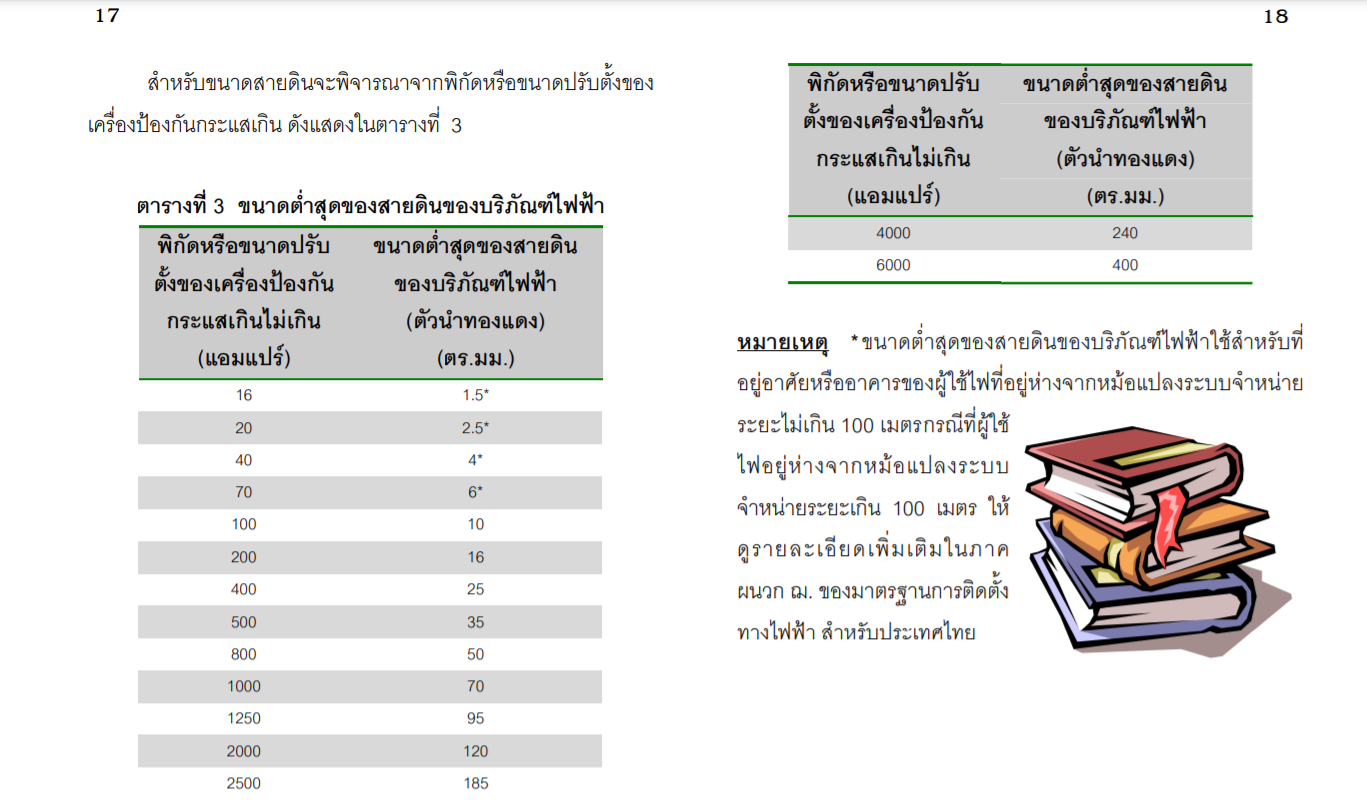
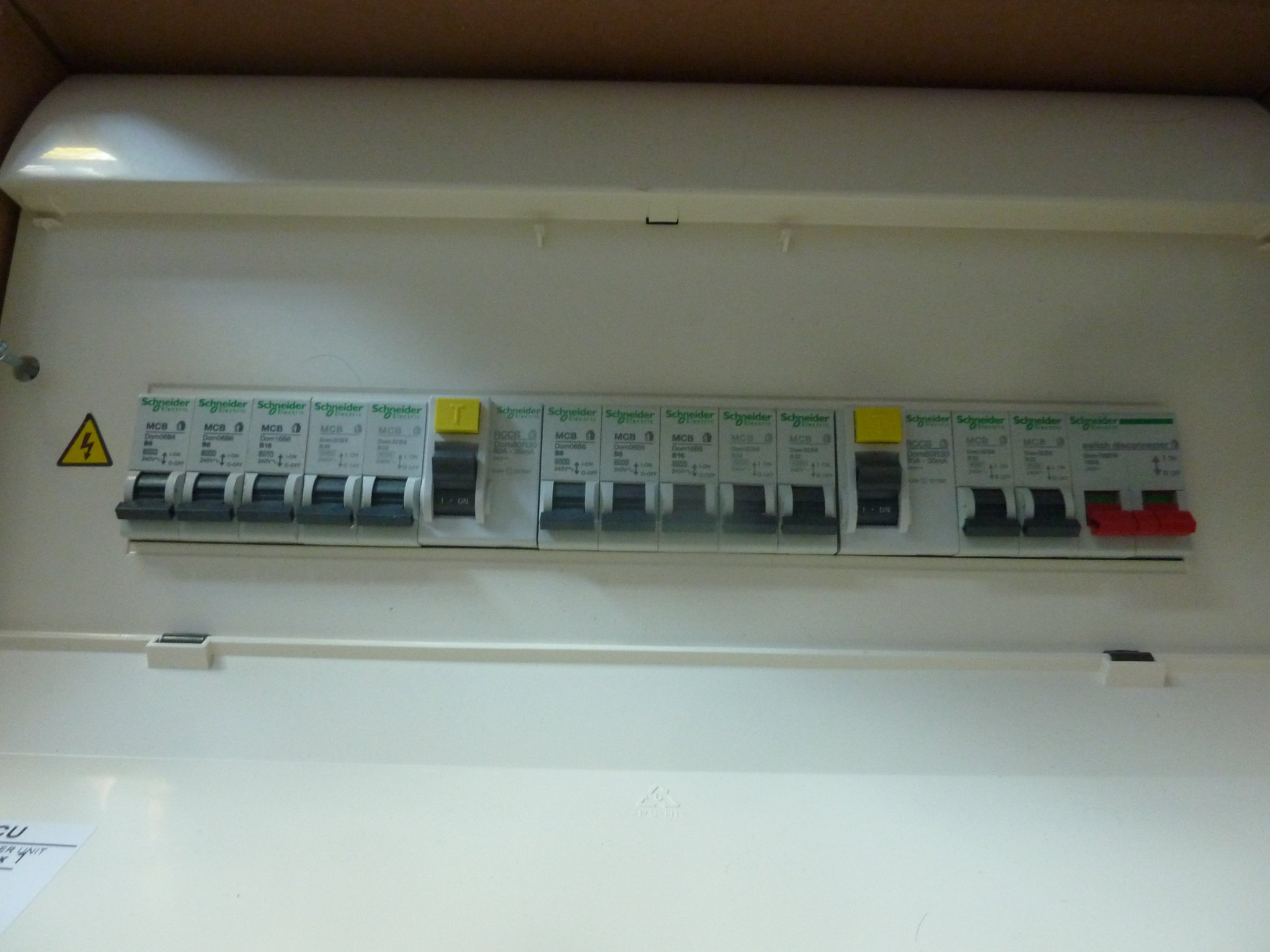
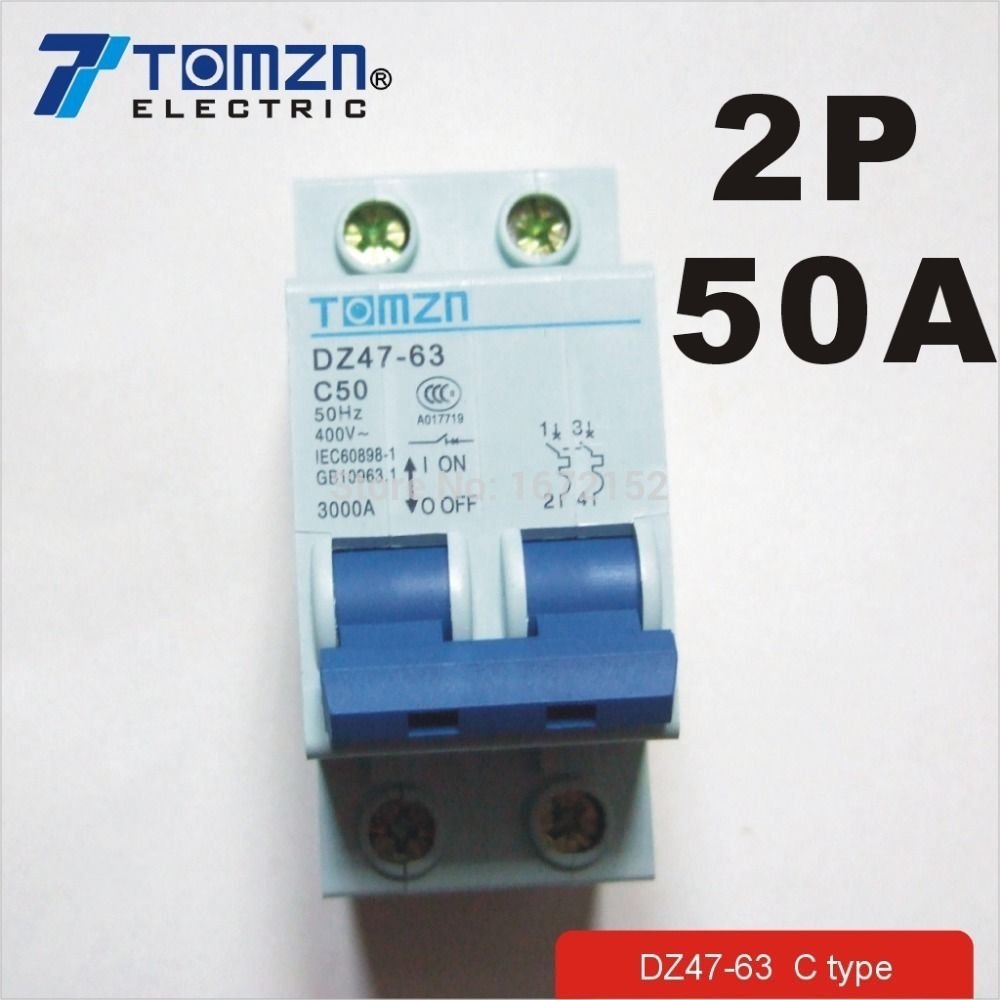


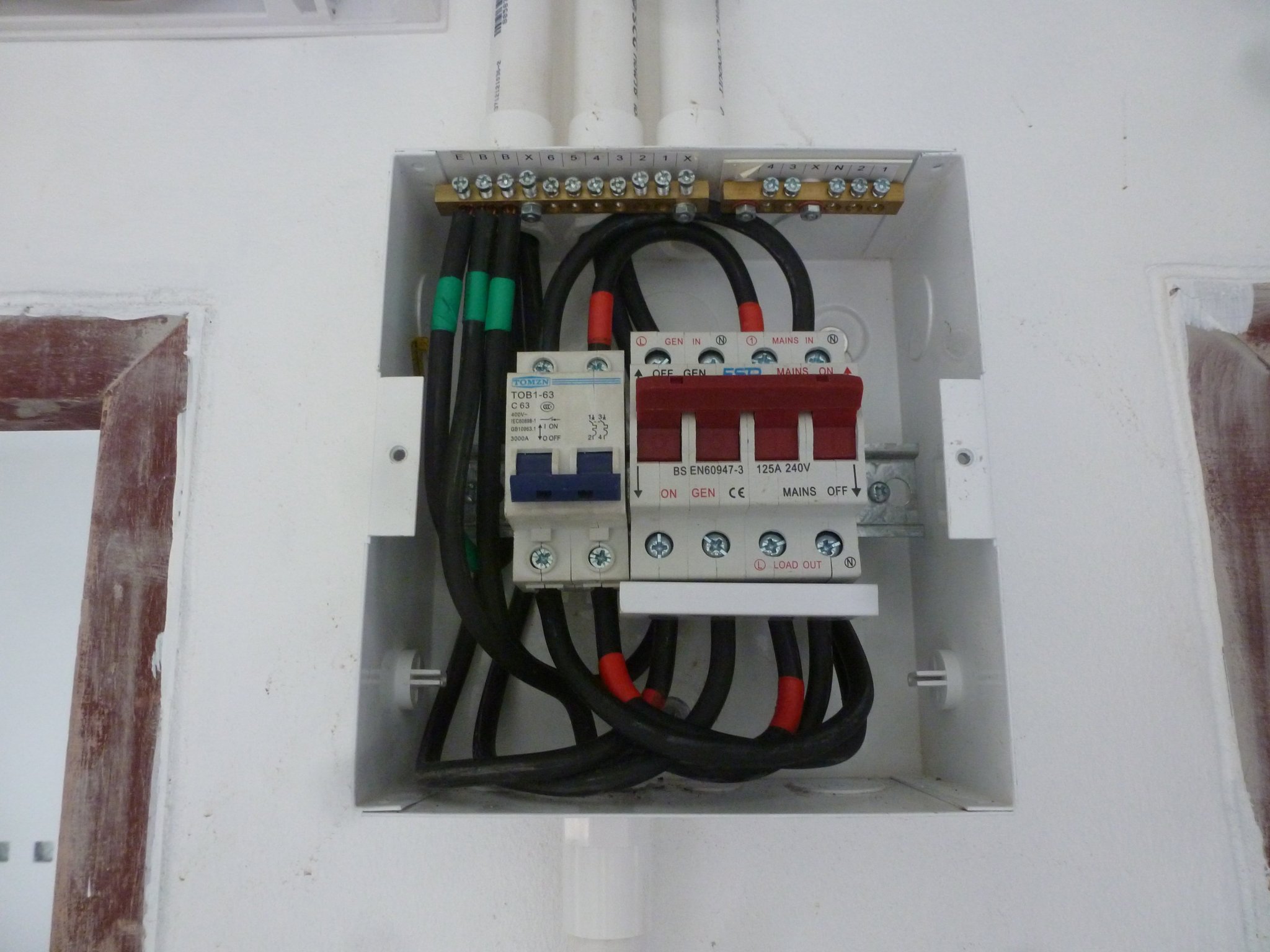



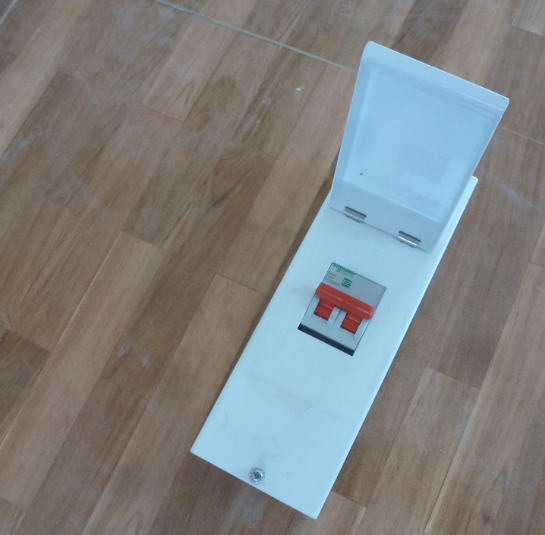




















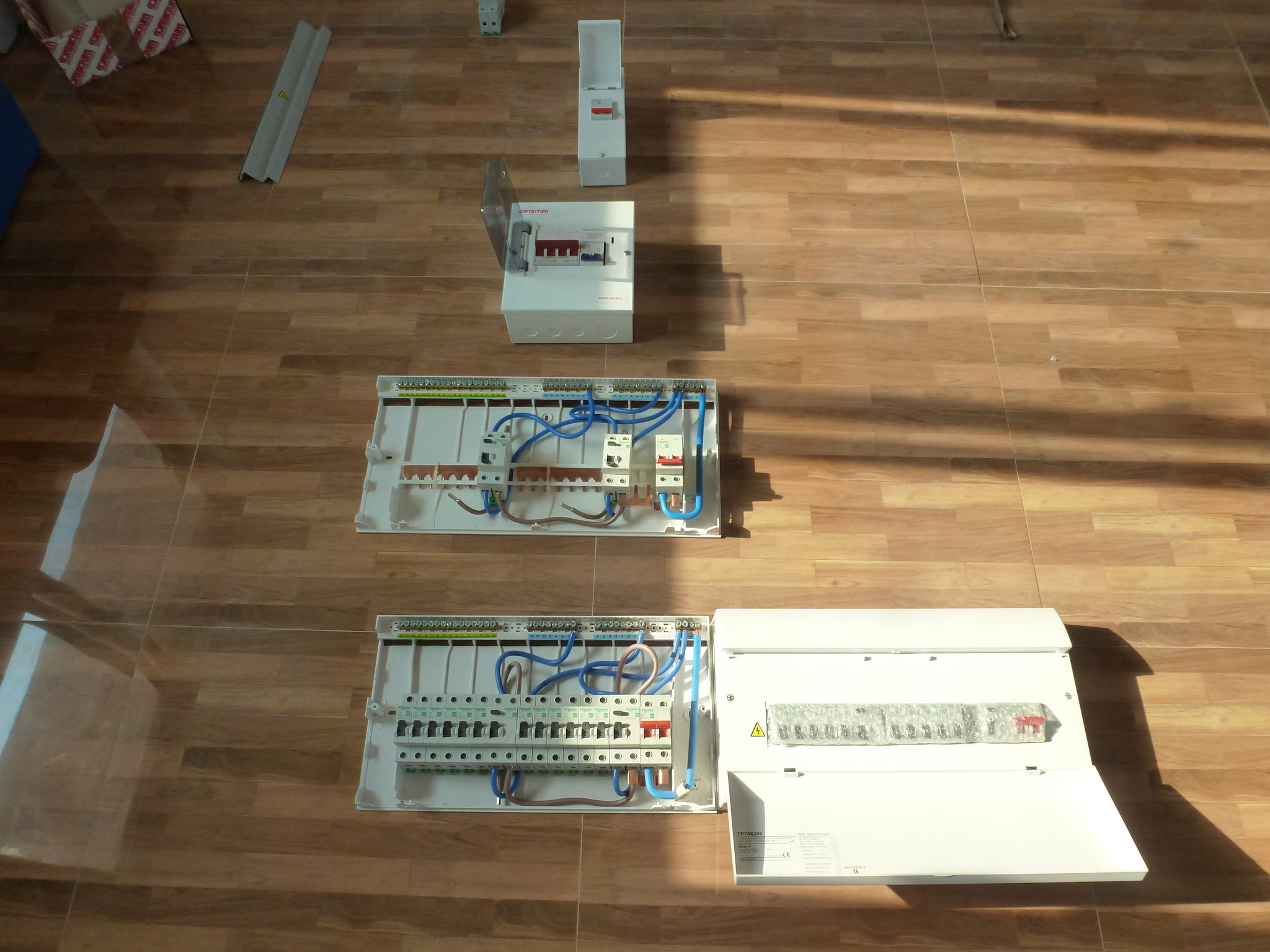
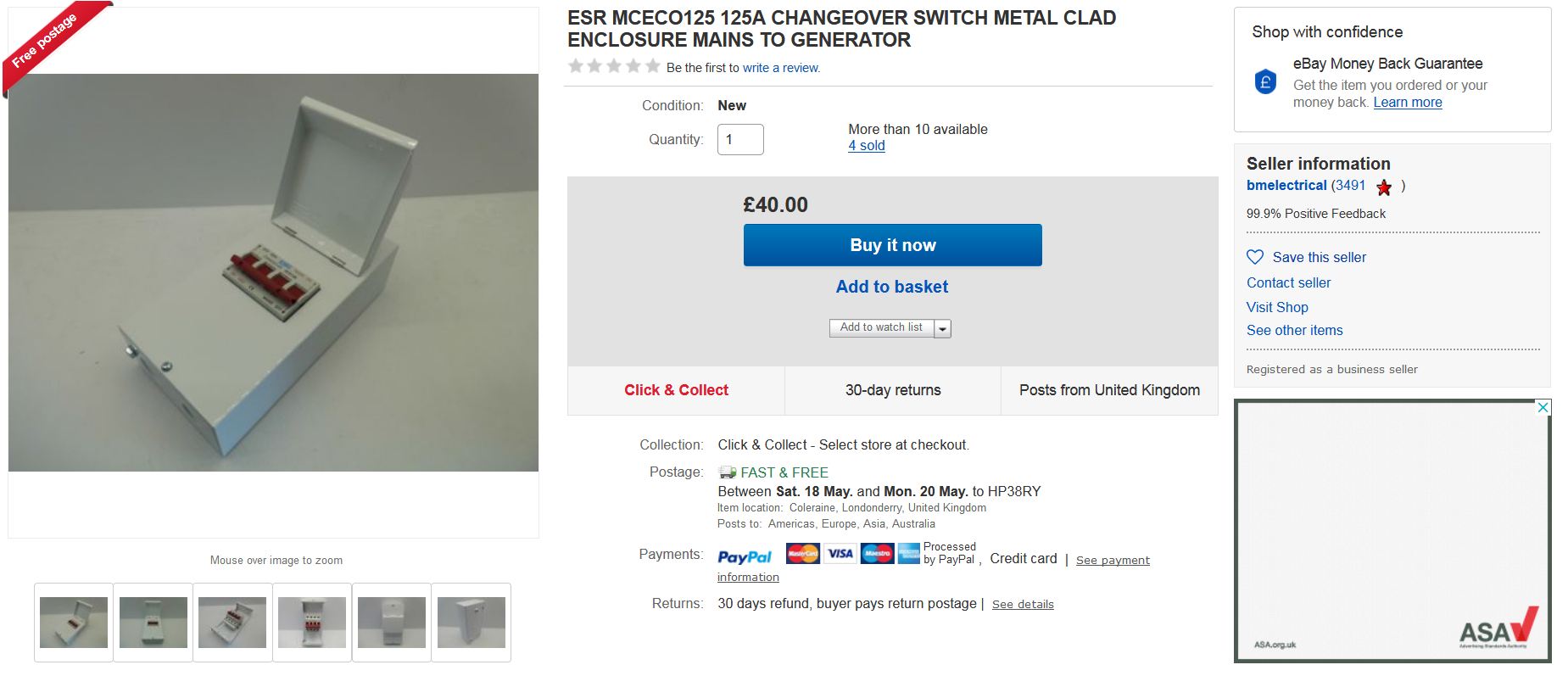
Freight from UK to Thailand
in SME Business in Thailand
Posted
Thank you once again for that information.
I did try their web site for estimated costs:
I might consider taking the stuff to one of their depots in a van in the UK and then collect from their depot at the Thai port.
I am under the impression that I can get a 40ft container freighted for £1600 that would take 14 pallets but still got to do the calculations.